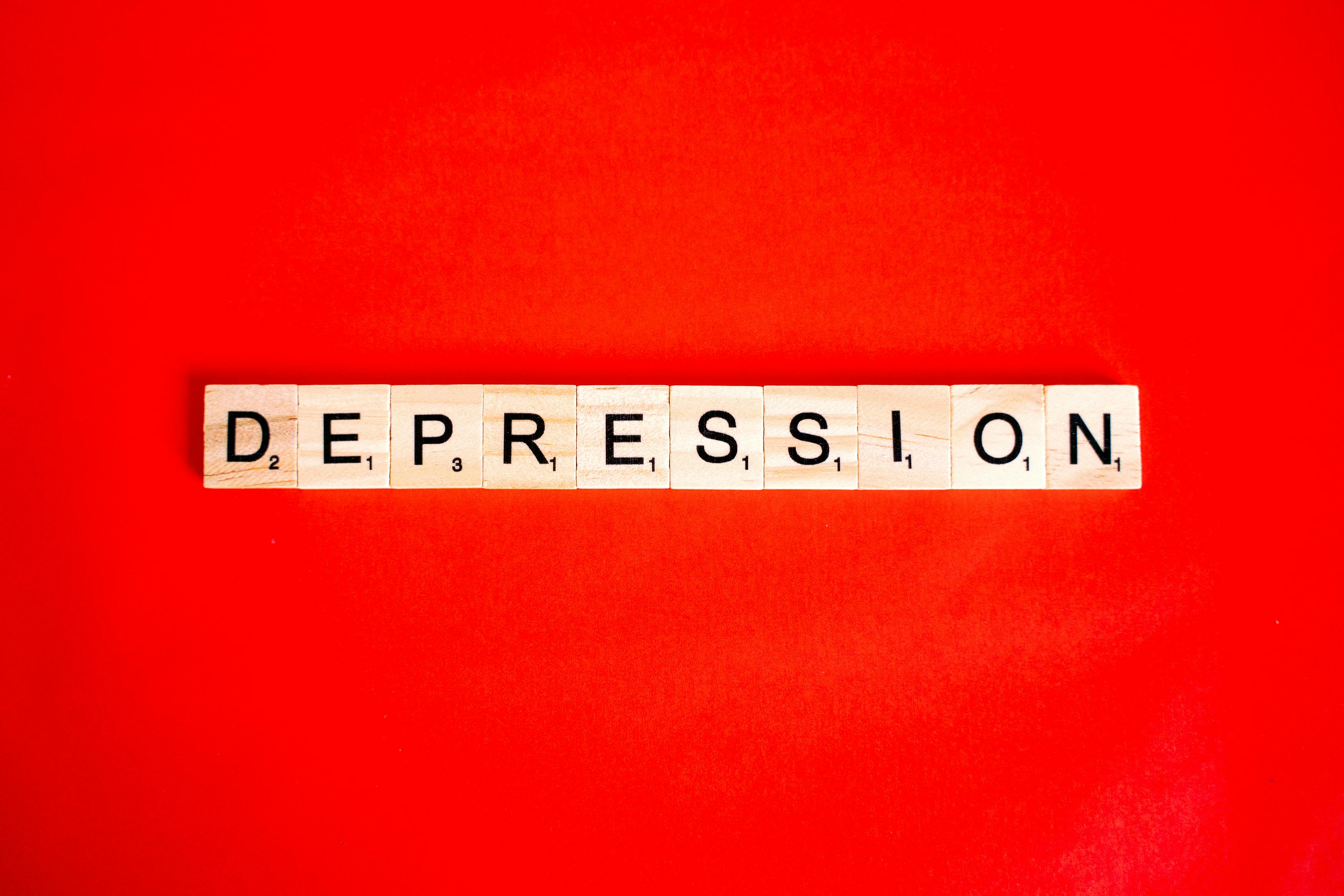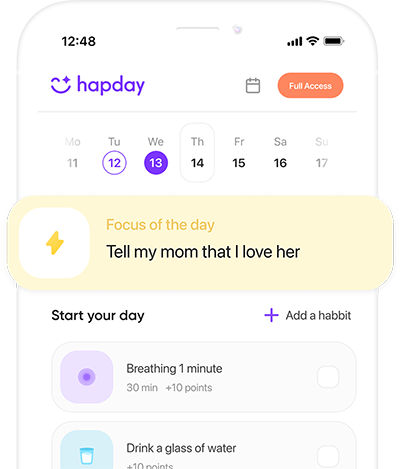Table of Contents
- Understanding Childhood Trauma
- Healing Through Self-Awareness
- Building a Support System
- Physical Activities and Creative Outlets
- Cultivating Resilience
- Exploring Alternative Therapies
- Moving Forward with Healing
Understanding Childhood Trauma
Let’s break this down—childhood trauma can be way more than just falling off your bike. We’re talking about experiences like abuse, neglect, family chaos, or even witnessing some pretty harsh stuff. Back in the day (okay, 2016), a National Survey of Children’s Health showed that nearly 35 million kids in the U.S. had faced one or more traumas. Mind-boggling, isn’t it? Those experiences don’t just vanish; they can mess with brain development, paving the path for anxiety, depression, and even PTSD later on.
Healing Through Self-Awareness
- Journaling: Sometimes you just need to put pen to paper—or fingers to keyboard. Scribbling down your innermost thoughts and feelings can be more than therapeutic. One study from Advances in Psychiatric Treatment suggests it’s a way to process trauma, kick stress to the curb, and get a grip on your emotions. So, if you haven’t yet, crack open a journal and let the words flow.
- Mindfulness and Meditation: Tune in to now. A Psychological Science study highlights how mindfulness meditation can pull the rug out from under trauma symptoms by teaching you to stay present and challenge those pesky negative thoughts. Daily doses of mindfulness can boost your self-compassion and ease anxiety, kicking your mental health up a notch.
Building a Support System
- Peer Support Groups: Ever just want someone to “get” what you’ve been through? Finding friends who’ve walked a similar path can be super empowering. The Journal of Traumatic Stress didn’t mince words—peer support can majorly enhance emotional well-being. Whether online or in your own neighborhood, these groups can be a lifeline, offering community and solidarity.
- Education and Self-Help Books: Knowledge is power—or so the saying goes. Teach yourself about trauma’s sneaky tricks and how to overcome them. “The Body Keeps the Score” by Bessel van der Kolk is a treasure trove of insights, making sense of both physical and mental scars. And let’s face it, learning new ways to cope can really change the game.
Physical Activities and Creative Outlets
- Exercise: Get those endorphins flowing! Trust me, your mood will thank you. Regular exercise, as the American Journal of Psychiatry says, is a natural picker-upper—lessening symptoms of depression and anxiety. Whether it’s yoga, a quick sprint, or dancing like no one’s watching, moving your body is a surefire way to reclaim control.
- Art and Creativity: Sometimes words just don’t cut it. Enter art and creativity—a gateway to expressing the unspoken. The Journal of the American Art Therapy Association found that art therapy can slash trauma symptoms and fire up emotional resilience. Whether you’re painting, strumming a guitar, or sketching, creativity can help heal in profound ways.
Cultivating Resilience
- Gratitude Practices: OK, this one’s a little cliché, but hear me out—focusing on what you have rather than what’s missing can really shift your outlook. Emotion journal agrees: gratitude can flatten stress and build resilience. Jotting down what you’re thankful for could slowly rewire those negative circuits. It’s like hitting reset on your brain.
- Setting Boundaries: Many of us trauma survivors struggle with the b-word—boundaries. It’s time to assert yourself and carve out your own space. Books like “Boundary Boss” by Terri Cole illuminate the way to erect personal fences, fostering healthier relationships and a well-deserved sense of self-respect.
Exploring Alternative Therapies
- EMDR Self-Help: Ever hear of EMDR? This buzzing therapy can lessen the load of PTSD symptoms. While usually guided by pros, some self-help versions are cropping up online. And according to the Journal of EMDR Practice and Research, it works wonders in lessening PTSD’s grip.
- Somatic Practices: It’s about tuning into your body’s whispers. Techniques like deep breathing and ground exercises help reconnect mind and body, serving a dose of safety and calm. The International Journal of Stress Management lauds somatic practices for knocking down stress and trauma symptoms.
Moving Forward with Healing
Stepping away from therapy and journeying down the self-healing path is deeply personal, no doubt. Trying out these different strategies takes patience, but ultimately, they empower you to recapture your life and bolster resilience. Remember, healing isn’t a sprint. It’s a marathon where slowing down now and then is perfectly okay.
So, you’ve got this! Explore these alternative paths and tackle trauma in your own way. Be kind to yourself, and celebrate each small win. After all, every single step matters. Oh, and if you’re ready for personalized guidance to springboard your recovery, check out this tool I stumbled upon: Hapday. It’s quite the resource for your healing journey.

